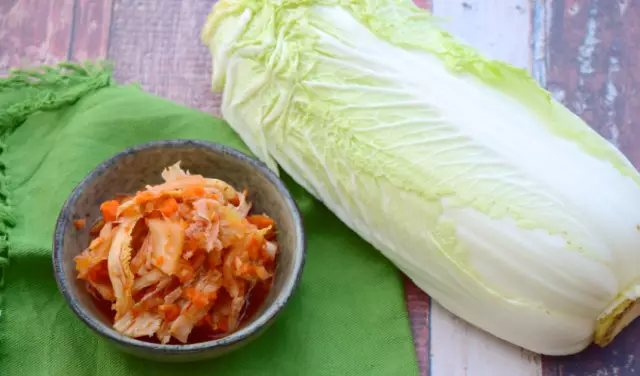- Author Rachel Wainwright [email protected].
- Public 2023-12-15 07:39.
- Last modified 2025-11-02 20:14.
Oil
Butter mushrooms are tubular mushrooms with a slimy cap, flat or convex. The peel of the cap of the oiler comes in different colors and can be easily removed. The pulp of the mushroom has a yellowish tint, which, when cut with a knife, can change color to red or blue.
The ratio of BJU in the product

Source: depositphotos.com How to burn 19 kcal?
| Walking | 5 minutes. |
| Jogging | 2 minutes. |
| Swimming | 2 minutes. |
| A bike | 3 min. |
| Aerobics | 4 minutes |
| Household chores | 6 minutes |
Butterlets grow in coniferous forests. They are especially common among pines and larch trees. In nature, there are about 40 species of boletus, but not all of them grow on the territory of Russia. The most common in our country are:
- Common butters;
- Granular butters;
- Larch oil;
- False oil.
A characteristic feature of ordinary boletus is a brown, convex, slimy cap, a cylindrical leg and yellowish flesh. The fungus prefers sandy soil and open sunny areas of a pine forest.
Unlike ordinary oily oils, granular ones have a dry, flat cap of large diameter (up to 12 centimeters). The stem has a classic cylindrical shape, and a pleasant fruity aroma is characteristic of the mushroom pulp. The mushroom chooses places with soil rich in lime.
The cap of larch oils is golden brown, and the skin, unlike other species, is not easy to remove from a larch oil can. The leg of the oiler is dark red, and the flesh, when cut with a knife, turns pink. The fungus is most commonly found in larch forests.
False oil changes color at the fracture and have a red pulp. They are quite rare.
In terms of taste, boletus is comparable to porcini mushrooms. Moreover, they grow in large groups, and they can be harvested from May to October.
Cooking butter
Butters can be used boiled, fried, stewed and pickled. These mushrooms have proven to be excellent as an independent dish, as well as a component and addition to other products.
An important feature of oil is that before using in any form, they must first be cleaned of mucous skin and white film under the cap.
There are simple recommendations for quick and effective cleaning of oils. The collected mushrooms should be laid out in a sunny place for 30-40 minutes, dried a little and started cleaning. After the mucus of the mushroom dries a little, the cleaning procedure will go much faster.
The benefits of oil
In addition to outstanding taste, boletus also has medicinal properties. It has long been noted that butter dishes relieve the course of gout, and also help relieve headaches.
In terms of the content of nutrients and microelements, the boletus is no different from other edible mushrooms, second only to the porcini mushroom. The protein content reaches 4%, carbohydrates - 1.5%, fat - 1%. Dried oils are especially rich in protein. It is known that broth made from butter is several times higher than meat broth in the content of protein components.
The calorie content of butter depends on the age of the mushroom and on its type. When calculating the calorie content of butter and dishes with their use, one should not forget about the method of preparation and the calorie content of other ingredients. For example, it is very often forgotten to consider the fact of adding oil when frying or sugar when marinating.
The net caloric content of fresh butter ranges from 9-19.2 kcal per 100 grams of product.

Harm of oil
Do not forget that boletus, like other mushrooms, can be harmful to the human body. Fiber with a high content of chitin reduces the absorption of oils, and can also impair the digestion of other foods. In addition, the proteins of fungi are broken down with great difficulty, which additionally loads the gastrointestinal tract.
Butterlets belong to the group of mushrooms capable of fixing radioactive elements in themselves. This must be taken into account when choosing a place for collection, as well as when preparing dishes from butter. If you doubt the radiation safety of mushrooms, you should not eat them.
YouTube video related to the article:
Found a mistake in the text? Select it and press Ctrl + Enter.






